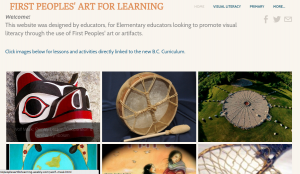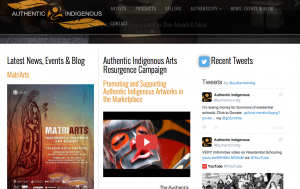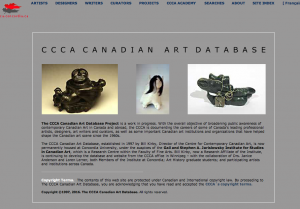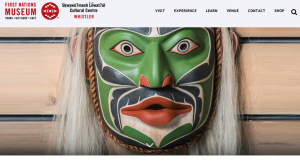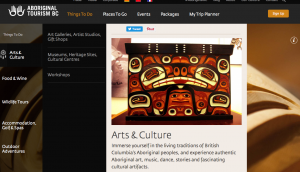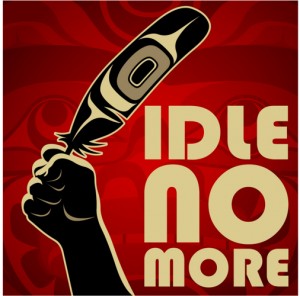I’m still in the process of defining my research interest, so my findings have been all over the place (but I’m gravitating towards storytelling/oral traditions, digital media, isolated communities, I think?).
1. http://firstnationspedagogy.ca/storytelling.html
This website explains the importance of storytelling to pass on knowledge from generation to generation. It also includes videos and links for preparing storytelling activities in the classroom.
This one is about the One Laptop Per Child (OLPC) program in Canada and how it supports Aboriginal education programs. From the website: OLPC Canada is well placed to address the challenge of technological access for Aboriginal youth due to our track record of successful delivery and integrative support of technology to more than 9,000 Aboriginal youth in 60+ communities located in 9 provinces and 2 territories.
3. http://www.wekimun.cl/index.php/en/
I came across this website about a school based in Chiloé (in the south of Chile) that integrates aboriginal (Mapuche/Williche) cultural knowledge with modern knowledge, to produce a unique educational program that will serve the needs of rural Williche communities. This initiative has received substantial financial support from Global Affairs Canada (GAC).
4. http://portal.acc-society.bc.ca/literacy/storytelling
A wealth of resources and information concerned with promoting literacy and language development in Aboriginal young children.
5. https://indspire.ca/about-indspire/
Last but not least: Indspire. An Indigenous-led registered charity that invests in the education of Indigenous people for the long term benefit of these individuals, their families and communities, and Canada. Indspire serves First Nation, Inuit, and Métis students in remote communities and urban centres across Canada. It also provides a virtual resource centre (K-12 Institute) that serves educators, communities, and other stakeholders who are committed to improving kindergarten to grade 12 success for Indigenous youth.
